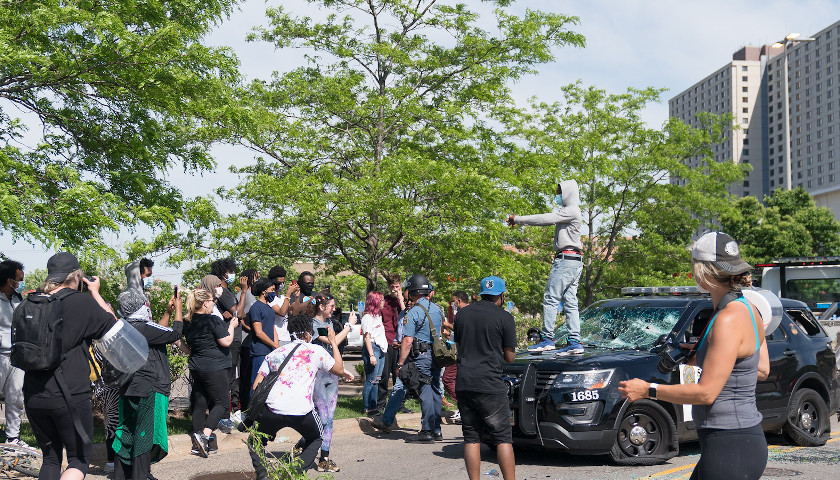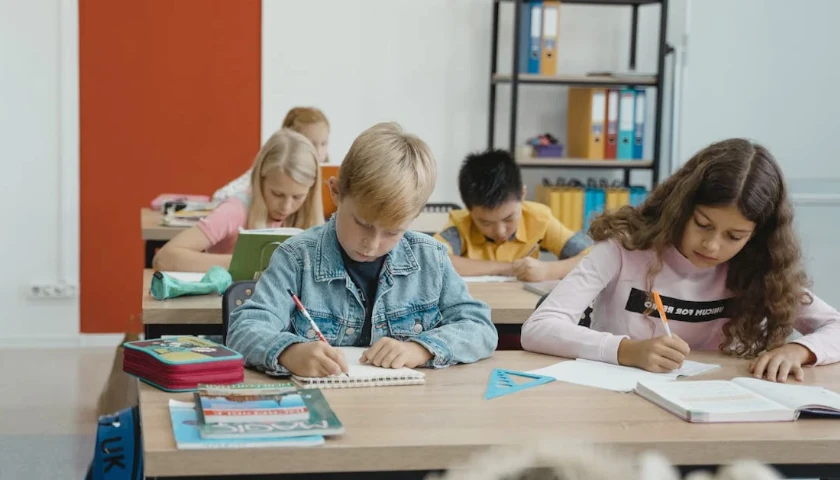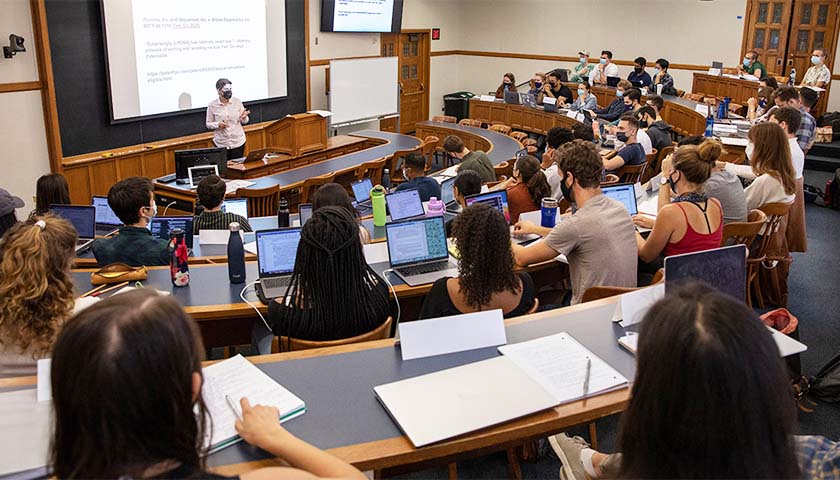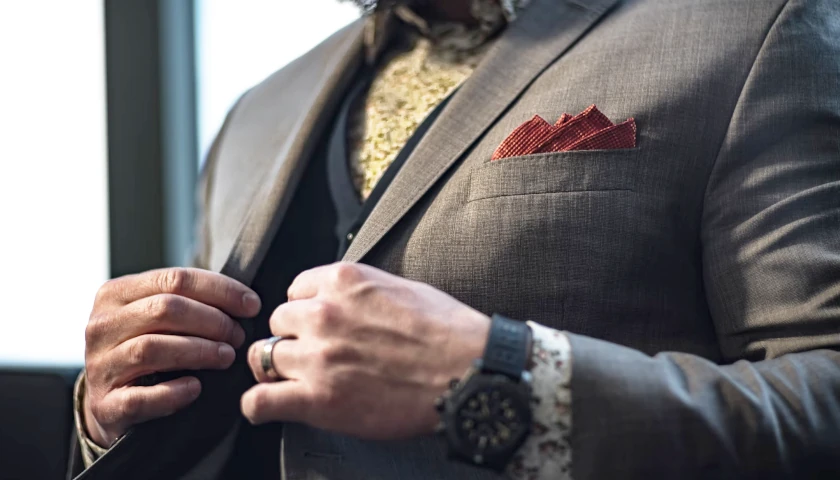by David J. Flynn
If you did not grasp what the amorphous words “social justice” look like in a concrete sense, then after seeing so many examples of it this weekend defining the phrase no longer requires explanation. Live on television, I saw people social justicing at Ross Dress for Less, Aldi, Alexander McQueen, Target, the Apple Store, Hot Topic, Adidas Originals, Target, and Best Buy.
Protesters, strangely enough, also enthusiastically social justiced at Family Dollar. Clearly not all social justicers, despite their outlook’s stated egalitarianism, are created equal.
A shocking video in Long Beach taken outside a store called Outfitters shows a mob social justicing but not social distancing (apparently social justice absolves one of the obligation to stay six feet apart) in full view of dozens of police officers looking on just feet away. A week ago, the forces of oppression surely stomped out such brazen demonstrations of social justice. It’s a testimony to how far, how fast social justice advanced in America this week that so many felt free to social justice in front of television cameras and scores of policemen.
Socialism saw its representation in the sickle and hammer. Social justice finds its symbol in a plodding man in trousers that do not cover his rear but a bandana that obscures his face carrying a PlayStation 4 under his left arm and three boxes of Nike Lebron Soldier 13s under his right.
But social justice is so much more diverse than just expropriating. Someone social justiced the words “Ya’ll Not Tired Yet?” on the Lincoln Memorial (What did that dead, white male ever do for social justice?). In Rochester, New York, a man social justiced an elderly woman in the face before social justicing her hair. His friend then social justiced her in the head with a wooden plank. Authorities downstate in New York City allege that two lawyers social justiced an NYPD vehicle. Another woman who apparently traveled to the city from Catskill also attempted to social justice an occupied cop car but failed when the flame on the rag failed to ignite the gasoline in the bottle. Whether merely hungry or as dismissive of the Marquess of Queensberry’s rules as Mike Tyson, the Catskill woman allegedly social justiced a police officer’s leg during her apprehension.
Whether the images on television caused viewers to endorse or condemn social justice seems to miss the point. Social justice attracts people from all walks of life, frequently follows hashtags, and surely finds itself trending on Google. Social justicing is hot.
It’s why the always-fashionable Anna Wintour just wrote at Vogue that “we need to listen and learn and take action to ensure social justice and basic human rights for people of color in this country.” It’s why the Universal Music Group responded to the protests by launching a Task Force to “accelerate our efforts in areas such as inclusion and social justice.” Even the New Orleans Police Department tweeted this weekend, “We are proud of our great city and our community’s commitment to advocate for social justice.”
Americans once tolerated social justicing about as much as social justicers tolerate Americans who disagree with them (on David Lee Roth vs. Sammy Hagar, on the meaning of the final scene of The Sopranos, on anything). Chicago Mayor Richard J. Daley famously wanted local law enforcement to shoot to kill arsonists and shoot to maim looters after riots following Martin Luther King’s assassination. Our atavistic forebears did not know that to burn a building or liberate a mom-and-pop store of its capitalistic contents makes for a socially-conscious act. We have advanced so far that the daughter of New York City Mayor Bill de Blasio actually joined those social justicing in defiance of the rules laid down by her father’s city (alas, Big Apple authorities arrested rather than honored her commitment to the cause — we still have a ways to go, and still will when we get there).
Social, when used as a noun, serves as one of the most pleasant words in the English language. Think: the ice-cream social. When used as an adjective, critics say it can turn a fine profession into a despised one (social engineering), the best subject (history) in school into the worst one (social studies), a phrase, as noted troglodyte R. Emmett Tyrrell points out, into an oxymoron (social distancing), and a solid noun into mush (social justice).
That’s why this weekend served as a prolonged teachable moment. Americans finally saw with their own eyes what social justice looks like.
– – –
Daniel J. Flynn, a senior editor of The American Spectator, is the author of many books, including Cult City: Harvey Milk, Jim Jones, and 10 Days That Shook San Francisco (ISI Books, 2018).
Photo “Protest in Minnesota” by Lorie Shaull CC2.0.






With very few exceptions, people who put an adjective like “social” or “environmental” in front of the noun “justice” have no interest in justice but are simply promoting their agenda du jour. Such people are not to be trusted or even taken seriously.
Looks like a bunch of folks are caving to the relentless corruption of the word justice. T8alk to me about social justice while my kids were discriminated against with regard to college admission. Justice demands equal treatment for ALL. When do I get my turn?